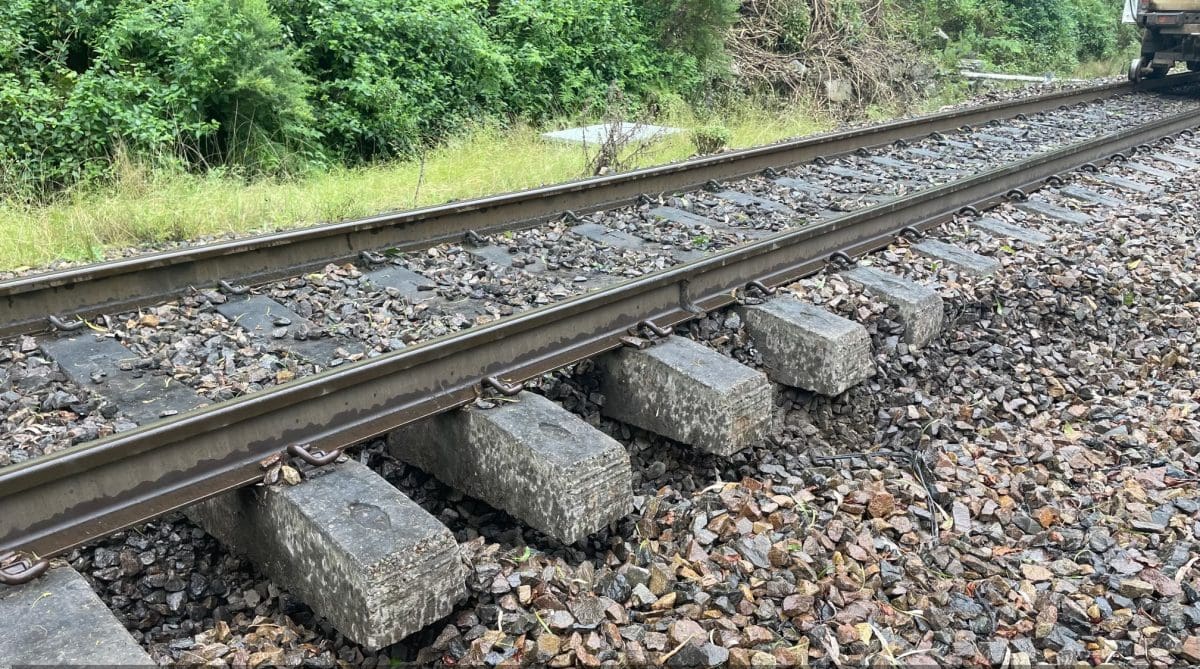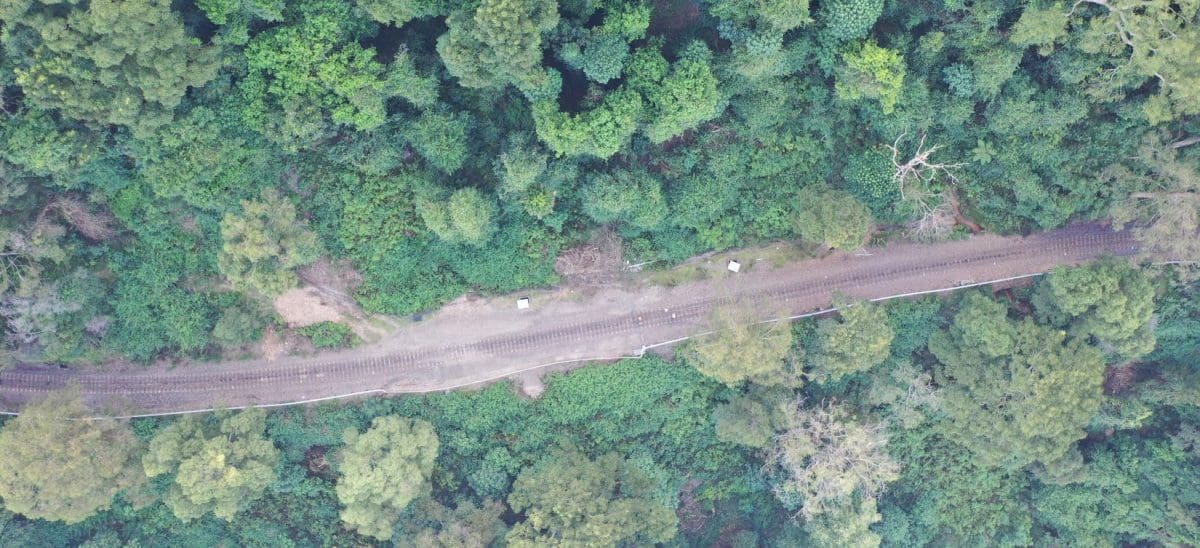
The Moss Vale-Unanderra line is expected to remain closed for many weeks as damage caused by rain is rectified. Photo: ARTC
RAIL access to Port Kembla looks like being restricted to one line for an extended period so damage caused by torrential rain last month can be carried out.
The Moss Vale-Unanderra line was initially expected to reopen this month.
“ARTC has undertaken extensive geo-tech investigations along the Moss Vale-Unanderra line which have shown significant movement on the embankment,” an ARTC spokesperson said.
“At present, the line is not safe for passage of trains.
“The works required to remediate the site are extensive and will require up to six months to complete.
“ARTC will continue to update the community as works progress.”
ARTC operates the line, which prior to the closure was used by Pacific National to haul grain to Port Kembla for a range of exporting customers, and to Manildra Group’s Shoalhaven Starches plant.

The Moss Vale-Unanderra line travels through steep and heavily timbered country, and was subject to huge amounts of rain in March 2022. Photo: ARTC
Port Kembla is one of NSW’s two bulk grain ports, with Newcastle the other.
Both are home to a GrainCorp and a Qube export terminal and, like every other terminal from Brisbane to Geraldton, they are booked solid over coming months as Australia exports its record 2021-22 winter crop.
The halving of rail capacity into Kembla is expected to make filling vessels on time difficult for exporters including ADM, Arrow, Cargill, CHS Broadbent, ETG and GrainCorp, all of which have cargoes booked to load at the southern New South Wales port in coming months.
While Kembla loads the occasional cargo of barley, this season it is loading only canola and wheat.
Sydney line operational
After a short closure caused by rain damage, the Illawarra rail line into Port Kembla via Sydney is operating.
However, trains using the route share the system with passenger trains, which makes scheduling more difficult, and the extra distance and steeper gradient make for longer and more expensive transit.
“It’s an extra $7 a tonne, and you need more locos that don’t exist…and it’s a greater cycle time of 72 hours, not 48 hours,” one source said.
Another source said going via Sydney added another four hours in straight travel time.
Exporters have already been shifting capacity into Victorian ports where possible, and using more road transport to help compensate for the reduced rail access into Kembla.
Two of the affected exporters have described the situation as “not ideal”, but understand the need to rectify the rail line to ensure safe operation.
Grain Central: Get our free news straight to your inbox – Click here

Just shows the necessity for getting on with building the Maldon Dombarton line, where construction works were started many years ago but abandoned by a short sighted government. This would have been a game changer for us in providing an almost congestion free alternative to the slow arrangements now being suffered.